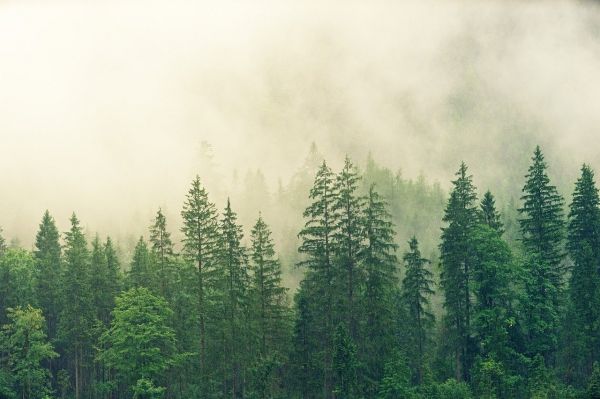A study shows that through aerosol formation and growth, the forests are capable of mitigating climate change and have a regional effect on the climate of an entire continent at the most. Prior research has shown that boreal forests release gaseous compounds that form aerosol particles. Mixing upwards from the surface, these aerosol particles have the ability to influence the properties of clouds (e.g., increasing their reflectivity), potentially impacting the entire climate system by cooling the climate.
In the recently published study, new information was uncovered on how cloud properties change when they are influenced by aerosol particles produced by the boreal forests. Direct observations made it possible to assess what kind of effects the volatile organic compounds from the boreal forests have over time on aerosol particles, the physical properties of clouds, aerosol–cloud interactions and the properties of rainfall. The observations were limited to air masses originating in the Arctic Ocean, where marine air has transformed into continental air by the time it arrives at the measuring station.
A marked increase was seen in aerosol concentration in the lower boundary layer within one to three days of the clean marine air arriving at and travelling in the boreal zone. The rise in concentration was found to be consistent with the quantity of new aerosols originating in boreal forests. Together with water evaporating from the soil and plants, these particles were observed to alter the reflectivity of clouds in the lower atmospheric boundary layer.
Read more at University of Helsinki
Photo Credit: jplenio via Pixabay


